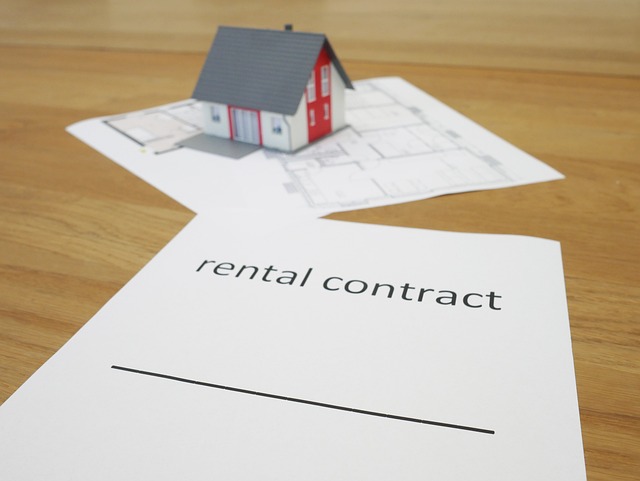A New Wave: Seizing Opportunities in Secondary Cities' Real Estate Market
The world of real estate is an ever-evolving landscape, with new opportunities and trends emerging at every turn. Among these fresh avenues for growth and investment, the rise of secondary cities stands out as a significant shift. As primary city markets become increasingly saturated, investors and homebuyers alike are turning their gaze towards these promising locales.

Secondary cities—or those that fall outside of a country’s main economic hubs—have seen remarkable growth in recent years. This trend threatens to overturn traditional real estate strategies and open up exciting new opportunities for savvy investors.
A Closer Look at Secondary Cities
Historically, primary cities have been the epicenter of real estate investment. These metropolises, teeming with business opportunities and cultural activities, have long attracted a steady stream of investors and buyers. However, the escalating cost of living and property prices in these areas have begun to drive investors and potential homeowners towards secondary cities.
Secondary cities are typically characterized by lower living costs, less competition, and more affordable property prices. These cities, often overlooked in the past, are now experiencing an economic and cultural renaissance, making them increasingly attractive to prospective investors and residents.
Tracking the Secondary City Surge
This shift towards secondary cities isn’t happening in a vacuum. Several factors are contributing to this trend, including changing demographics, evolving work environments, and technological advancements.
Millennials and Gen Z, in particular, are driving this change. Priced out of primary cities, these younger generations are seeking affordable living costs and quality of life that secondary cities can offer. The rise of remote work, accelerated by the COVID-19 pandemic, has further bolstered this trend, as employees are no longer tied to living in proximity to their workplaces.
Capitalizing on the Secondary City Trend
Investing in secondary cities presents a unique set of advantages for real estate investors. Lower entry costs mean investors can acquire properties at a fraction of the price compared to primary cities. This affordability, coupled with rising demand, can lead to profitable opportunities for buy-and-hold investors and flippers alike.
However, it’s crucial to understand that not all secondary cities are created equal. Each city presents its own set of challenges and potential rewards. Therefore, careful consideration and thorough research are essential in identifying promising markets.
The Future of Secondary Cities
As the exodus from primary cities continues, secondary cities are poised to become the new hotspots for real estate investment. However, it’s worth noting that with increased attention comes increased competition. As more investors flock to these markets, the potential for saturation looms.
Despite this, the growth potential of secondary cities cannot be overlooked. For those willing to take the plunge, these burgeoning markets offer a chance to capitalize on a real estate trend that is still in its relative infancy.
In conclusion, the rise of secondary cities represents a paradigm shift in the real estate industry. By understanding the driving forces behind this trend and strategizing accordingly, investors can seize the opportunity to diversify their portfolios and potentially achieve substantial returns. As always in real estate, the key lies in staying ahead of the curve—and right now, that curve is pointing towards secondary cities.






